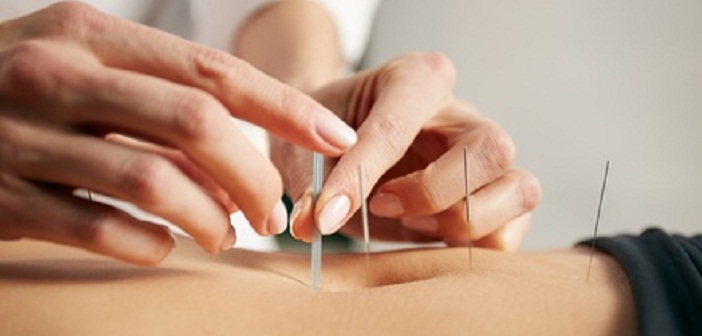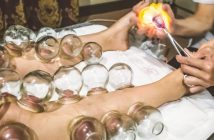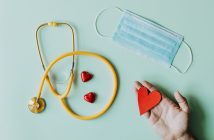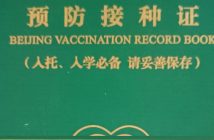After being encouraged by a positive testimonial by an acquaintance, Charlotte Goldenblatt, née York, sits patiently in a clinic waiting area. This is not your average clinic however. It is a fertility clinic, tied to famed doctor Mao, and as the chatty women also in the small confined space croon, he is a miracle worker. With a mixture of smelly herbs and acupuncture, “He could even get a cactus pregnant.”
Cut to Charlotte, now disrobed and on an examination table, with what looks like a thousand pins in her face, while a stoic Dr. Mao encourages her to “Block out that New York noise and concentrate on your breathing.” This is Charlotte’s long journey to possible conception and my first insight into Chinese medicine.
If you still haven’t figured it out, Charlotte is a character from arguably one of the most popular TV shows in America in the 90’s and early 00’s – Sex and The City. It came up in a discussion I had with Doctor Shelley Ochs, an American practitioner of Chinese medicine. Despite my deriving some enjoyment and gaining a curiosity about Chinese medicine from the aforementioned scene, Ochs isn’t too happy about the depiction. Like most things done for TV land, the scene itself is rife with inaccuracies, starting with the placement of the acupuncture needles to how it is purported to have worked on Charlotte’s problem of infertility.
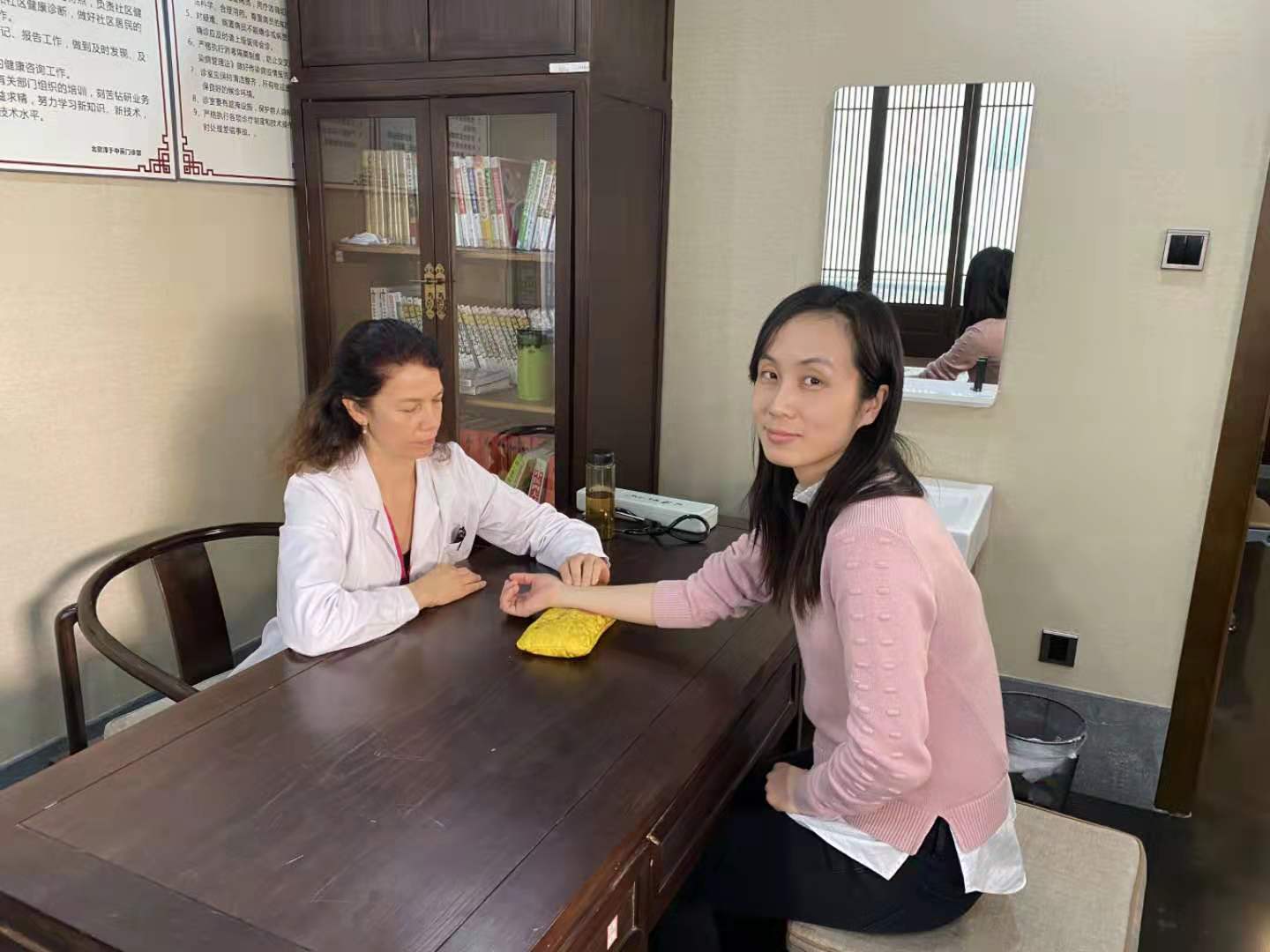
Dr. Shelley Ochs performing an examination
This is because Ochs is an acupuncturist, initially trained in her hometown of Louisville, Kentucky, she came to Beijing twelve years ago to pursue further studies in the field, going beyond just the mere technicalities of the science, but also learning more about the philosophy behind acupuncture. It was a long journey which ultimately led Ochs to her present passion. As a young backpacker in Taiwan, she would fall ill often, an unfortunate effect of bad air on her then unaccustomed lungs. After several attempts at seeking conventional treatment, a friend encouraged her to try Chinese medicine, at which point she consulted an herbalist with great results. After having witnessed the efficacy of the herbs that even antibiotics couldn’t accomplish, Ochs was entirely sold on Chinese medicine, deciding then to make the herbalist her primary care provider.
More and more, people the world over are turning to alternative or and indigenous healthcare options. Along with this rise, has come a deeper understanding of how these different systems work. Chinese medicine in particular has always been shrouded in a cloud of mystery, being relegated to the fringes of western healthcare practices, or approached with great caution or mysticism. Ochs herself admits to this shroud of mystery adding, “Chinese medicine is best suited for things that are functional and the way that works from a bio-medical point of view is becoming clearer. Now we have FMRI’s where you can see what is happening in the brain in real time. There are more and more studies that come out about the mechanism of action that show that if you put a needle in the foot or above the ankle, and we know from traditional knowledge – from the classics – that it affects the eyes. And sure enough, the visual cortex lights up. But it begs the question how the signal gets there.”
Scientists are constantly trying to answer such questions, positing the latest theory of it being an action on the connective tissue. Ultrasound has been used in places like the University of Vermont to show how the connective tissue maps to the classical channels by up to 70 or 80 percent. Simply put, by placing a needle through the three layers of skin, you inevitably contact connective tissue that exists in ‘trains’, affecting interstitial fluid, which in turn affects the central nervous system.
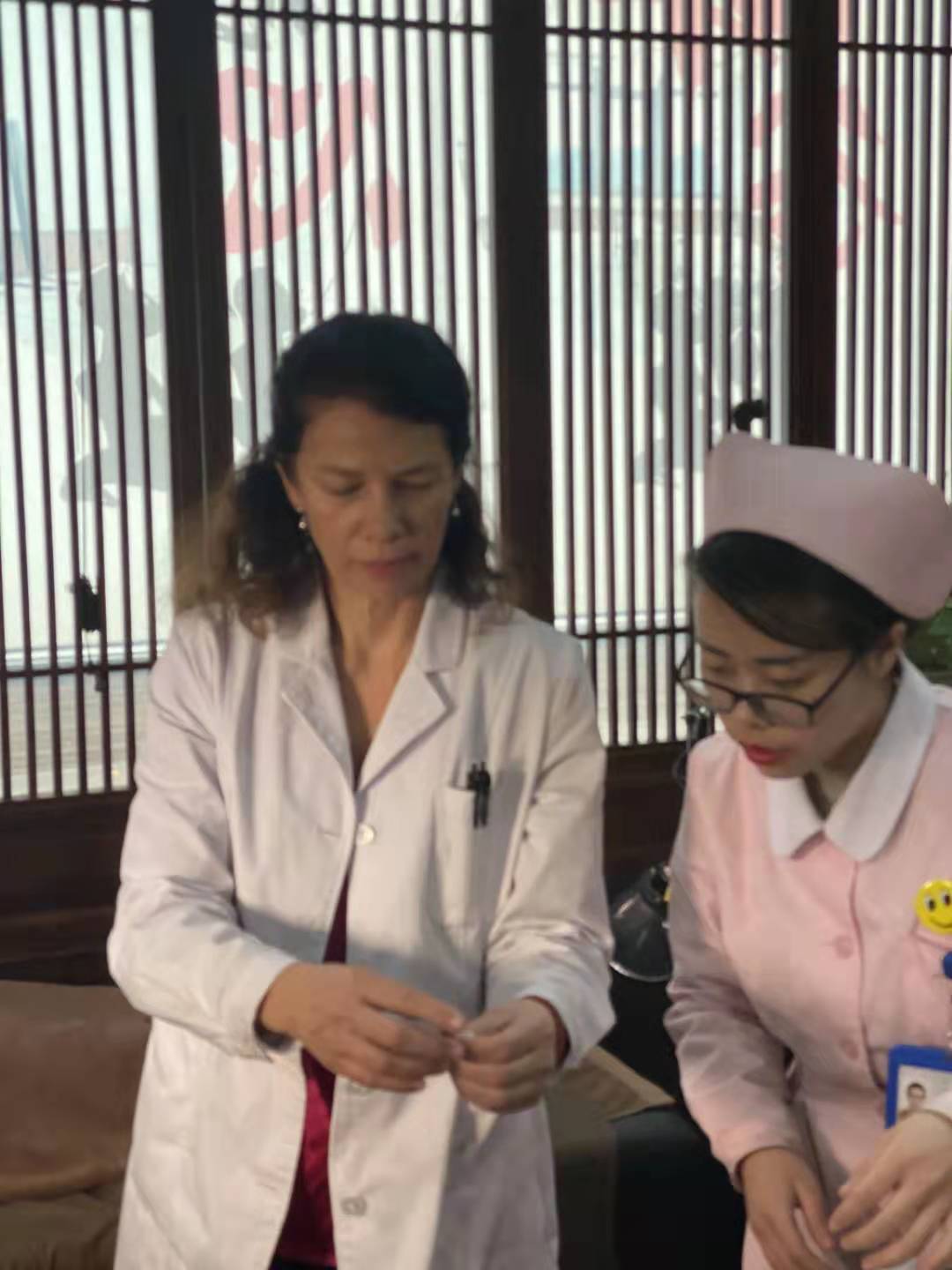
Even though the scientific mechanisms behind the efficacy of acupuncture are becoming less and less of a mystery, the prevailing perception is one of skepticism. Rarely do those who grew up in more Western medicine-oriented backgrounds turn to Chinese medicine, especially acupuncture, as a main form of treatment. At best, it is considered a quaint distraction and at worst, it is an ineffective form of treatment with nothing but a placebo effect to show for itself. To this, Ochs has a response.
“In clinical practice, people can come in and be very cynical and it still works. You don’t have to believe in it. But medicine is also about relationships. The trends in Western medicine is to recognize all those components like how we communicate with people and even being positive. If expectation affects, which are part of a placebo effect, if they are real, then why not amplify it, as long as you are not lying to people. You come in and someone listens to you. You are in a quiet room by yourself, with some nice music. You lie on a table for 30 minutes and that is therapeutic.”
So as it turns out, Charlotte being left in a room with her thoughts was not quite as misleading as I had imaginaed.
As Ochs demonstrates how to take the pulse and perform an analysis, I couldn’t help but wonder who it was that would get this kind of treatment. I hardly think a patient who’s recently suffered a massive brain aneurysm would be a good candidate for the treatment. Be that as it may, Ochs still sees a wide range of patients, though her Beijing-based patients are markedly different from her patients back in Louisville. “Back in Louisville I saw everything. People would come in with rare conditions that maybe only one in a million people have, and the treatment would be their last resort. I would also see patients recovering from cancer.”
Ochs also explained that she sees a large number of patients seeking treatment for stress, insomnia, anxiety and depression, all conditions that respond well to acupuncture. “Acupuncture works very well for that. Why? Because it works on the mind, body and spirit. You’re stimulating or affecting these channels, but when you open these channels then all of the functions of the organism work better,” Ochs offers.
Also included in the roster of patients Ochs sees on a regular basis, are women with fertility issues, painful or irregular periods, peri-menopause and menopause, and also patients suffering from chronic pain, rhinitis, those with low immunity and as she puts it, “poor functioning of every system.”
Ochs has also found that acupuncture works well for patients diagnosed with Bipolar disorder. “They are going through a crisis or the medication isn’t working as it should. There is a flair-up. Or they have a therapist but they don’t want to go on medication but they need some intervention.” As far as efficacy goes, patients are able to feel a change as soon as they get off the table. Each condition requires different durations of treatments, with it going from visits to treatment cycles, with some being done in conjunction with herbs to better target the problem. ‘You’re trying to give the body new information. You want it to shift from this dysfunctional pattern to a functional one. You give it this intervention and then it should be able to hold this pattern on its own”, Ochs explains. She estimates that after four to six treatments, a patient should be able to feel or see a difference, though this is dependent upon how long the condition has been in the body. And after patients achieve resolution, they might also go into the clinic for tune-ups.
With a new generation of parents who are increasingly cautious of what their children are exposed to in terms of medicine, there is a constant drive for alternatives to otherwise harmful treatments. Acupuncture can also be performed on children. According to the classics, once a child is above the age of six, their channels are similar to those of an adult and thus can benefit from this form of treatment. One particular treatment, however, stood out to me as the most fascinating – attempting to induce labor in pregnant women.
According to Ochs, during pregnancy, there are certain points that are forbidden when it comes to acupuncture as using them might induce labor. In countries like Germany, it is common practice for midwives to incorporate acupuncture in women’s birthing plans, as studies have shown its efficacy in shortening labor and ensuring that it goes much smoother. “You’re helping the chi move down, but you’re also getting the liver, kidney and spleen channels open and ready for birth. A patient might come in at week 39 or week 40 of pregnancy, and they are nervous that they might be induced. You use points in the lower back, pushing on the sacrum, massage, do needles, and the ‘He gu’ point in the hand which is a point for inducing labor.” The science behind this technique is unclear but it proves effective for its purpose.
It is tempting to think of this form of treatment as a sort of cure-all for illnesses and conditions that haven’t quite been mastered by Western medicine. Coupled with its affordability and availability in a city like Beijing, it is also a more convenient, safer, and less invasive procedure as compared to conventional Western forms of treatment. Hopefully, should you decide to try it, or even give it a second chance after a previously unsuccessful attempt, you will be in the caring and able hands of a practitioner like Ochs.
Photos: Groupon, Shelley Ochs

